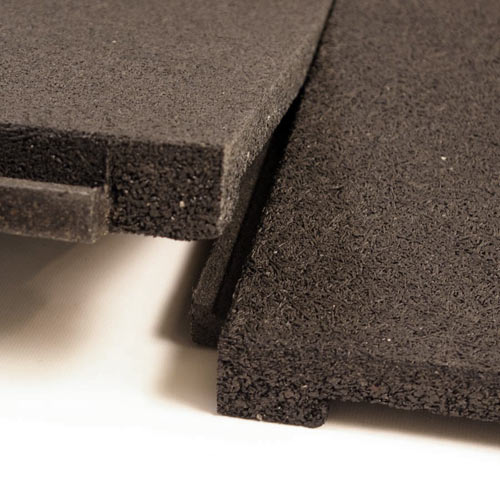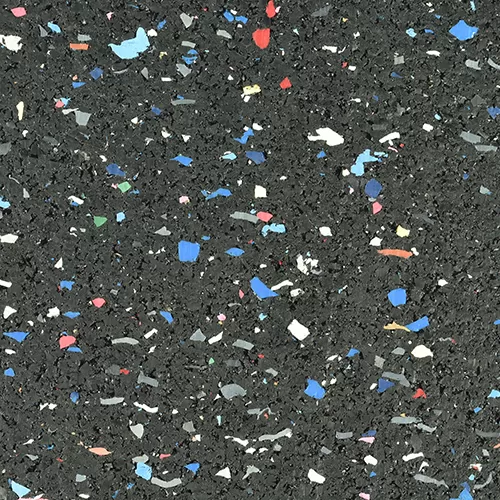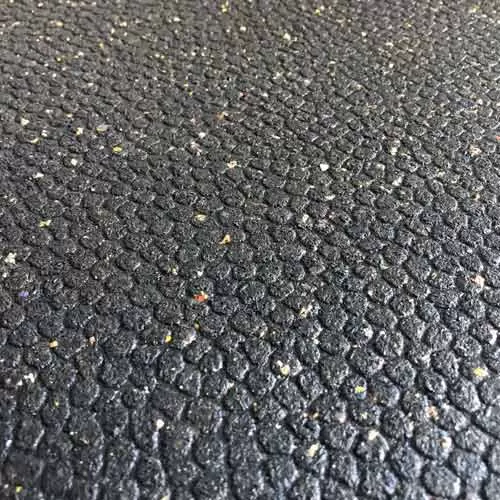A commercial flooring installation creates a more comfortable space for employees than something like bare concrete. When installing floor mats for commercial areas, you can use them in spaces like a kitchen, a warehouse, a company factory floor, a weightlifting gym, and other areas where highly durable, heavy duty flooring is a must. Greatmats offers commercial flooring in a range of materials, including vinyl plank designs, vinyl tile designs, sheet vinyl rolls, laminate rolls, rubber floor mats, rubber rolls, PVC tiles, and LVT planks. Most of our commercial area flooring is water resistant or waterproof, allowing it to function well in difficult conditions. .
Article Library












Video Library












Ideas Before You Buy Commercial Flooring
Tips & considerations for purchasing Commercial Flooring:
The following blogs offer tips on what aspects to look for in commercial flooring before making a purchase. Wherever you plan to use this flooring, these are all important things to learn before making your final decision.- Find out the best flooring for high-traffic commercial areas: Learn More: What Is The Best Flooring for High-Traffic Commercial Areas?
- Learn where commercial vinyl flooring can be used: Learn More: Where to Use Commercial Vinyl Flooring
- Learn about the top non-slip commercial floor mats and matting to keep your space safe: Learn More: The Top Non-Slip Commercial Floor Mats & Matting
Top 10 Questions About Commercial Flooring
Below are the most popular questions we've received about commercial flooring. Click the question to get a detailed answer and explanation on these topics.- What Are the Best Low VOC Gym Flooring Options? Commercial Quality Low Odor Rubber Flooring: Volatile Organic Compounds (VOCs) released from rubber flooring can create an odor that resembles a new tire. Because some people are especially susceptible to this odor, it may be a smart idea to look for a design of rubber commercial flooring that contains high-quality binding agents to limit the odor.
- What Are the Best Commercial Carpet Tiles? High Quality Commercial Carpeting: For the best value in commercial flooring carpet tiles, look for carpeting that requires little maintenance, that withstands at least moderate foot traffic, and that cleans easily. Some commercial carpet squares have a sharp-looking design that works well in customer-facing areas.
- What Are the Most Popular Places to Use Anti Fatigue Floor Matting? Comfortable Commercial Flooring Anti Fatigue Matting for All Areas: In a commercial area, you don’t want to sacrifice safety to achieve comfort for employees. Anti-fatigue mats are the ideal solution, as they offer a durable, slip-resistant surface, while also delivering comfort that prevents lower leg fatigue when standing for much of the day.
- What Is the Best Flooring for a Commercial Gym? Commercial Flooring Options for Athletic Facilities: One of the most popular flooring materials for use in a gymnasium setting is rubber. It provides a sure footing for athletes, while protecting the subfloor from damage from heavy equipment. It also dampens noise. Artificial turf is another popular selection for workouts.
- What Are the Standard Thicknesses for Commercial Carpet Squares? Commercial Carpet Flooring Size Options: Even though carpet tiles made for commercial settings are highly durable, they have a surprisingly thin design, which makes it easier to fit them underneath doors and which simplifies installation. Expect most commercial carpet tiles to have a thickness of between 1/8 inches and 1/4 inches.
- Are Rubber Mats, Rolls, and Tiles Better for Commercial Flooring in a Gym? How to Choose the Right Rubber Gym Flooring: To cover a large space in the gymnasium economically, rubber flooring rolls are a common choice. In a weightlifting area with free weights, a thick mat will protect the subfloor. Interlocking rubber tiles work nicely for creating a custom-sized space underneath a workout machine.
- What Are the Best Anti-Fatigue Mats for Kitchens? Commercial Flooring for Kitchen Areas: For workers who must stand in a commercial kitchen or a restaurant kitchen for long periods of time, having a cushioned floor is a must to reduce hip, back, and leg pain. Our anti-fatigue mats deliver cushioning, while also creating a grippy surface that protects against slips from spills.
- How Much Do Commercial Carpet Tiles Cost? Common Cost for Carpet Commercial Flooring Tiles: The cost of carpet squares for a commercial location depends primarily on the durability of the materials, the size of the tiles, the aesthetics, and any specialty qualities the tiles offer, such as waterproof capabilities. Expect to roughly pay between $2 and $5 per square foot for most commercial carpet tiles.
- What Are the Best Restaurant Anti-Fatigue Mats? Safest Anti-Fatigue Mats for Restaurant Kitchens: When standing at a food prep area or service station for long periods of time, workers in a restaurant can experience fatigue and pain in the lower body. Mats that provide cushioning are helpful, typically consisting of rubber or a rubber foam blend. Such mats also provide traction that protects against slips in wet areas.
- How Long Do Commercial Anti-Fatigue Mats Last? Durability of Anti-Fatigue Commercial Flooring: One of the best ways to determine the potential lifespan of an anti-fatigue mat is by looking at the warranty period for the mat. You can expect to receive a slightly longer usable lifespan than the warranty period in most cases. Most anti-fatigue mats serving as commercial flooring have warranty periods between three and five years, but some have a lifetime warranty.
Best Commercial Flooring Products
SupraTile Designer Vinyl Top Series
When you want a luxurious finish with the look of actual stone, the SupraTile Designer Vinyl Top Series features a durable, PVC plastic layer printed with the look of actual stone for a high-end design that’s much more affordable than the real thing.
Rolled Rubber Sport 1/4 Inch Regrind
With Greatmats' Rolled Rubber Sport, you receive a highly durable product that includes small color flecks to improve the overall design.
Rosco Adagio Marley Rolls
When dance studios are seeking commercial flooring, our Rosco Adagio Marley Rolls are extremely popular, as they work for both hard and soft shoes and can accommodate many different dance styles.
Tuff Seal Warehouse Garage Floor Tiles
In a commercial garage setting where traction is vital, the Tuff Seal Warehouse Garage Floor Tiles from Greatmats have unique tread patterns that create a sure footing in a highly durable PVC Plastic material.
Horse Stall Mat Kits
For creating a specific coverage area, trust our Horse Stall Mat Kits, which consist of interlocking rubber tiles that are highly durable and easy to install.
Commercial Flooring Customer Installations
St. Croix Sports
At the St. Croix Sports retail store, customers wanting to try on hockey skates could damage a normal retail floor, making our rubber floor the perfect solution.
Retail: Regrind Rubber Flooring Roll
Event Rentals, Inc.
Event Rentals, Inc., recently added our vinyl floor covers for gymnasiums to its list of offered products, thanks to the durability they offer and to the full-size rolls available.
Events: Gym Floor Cover 27 oz Vinyl Roll
Ramsey County Family Service Center
At the Ramsey County Family Service Center, visitors often bring strollers and carts into the building, and our entrance tiles stand up nicely to this type of heavy foot and wheeled traffic.
Service Center: Entrance Linear Tile with Charcoal Carpet
Association of Professional Dog Trainers
Rather than renting commercial flooring for its annual conference, the Association of Professional Dog Trainers chose to purchase reusable tiles from Greatmats to guarantee a safe and sturdy flooring for its event each year.
Dog Agility Conference: Dog Agility Mats Interlocking Tiles
Commercial Flooring Installation & Maintenance Videos
How to Clean & Maintain Plastex Slip Resistant Workplace Matting
Commercial Carpet Tiles - Benefits & How to Install
Heat Welding Seams for Lonseal Flooring: Glazing of Welding Thread











